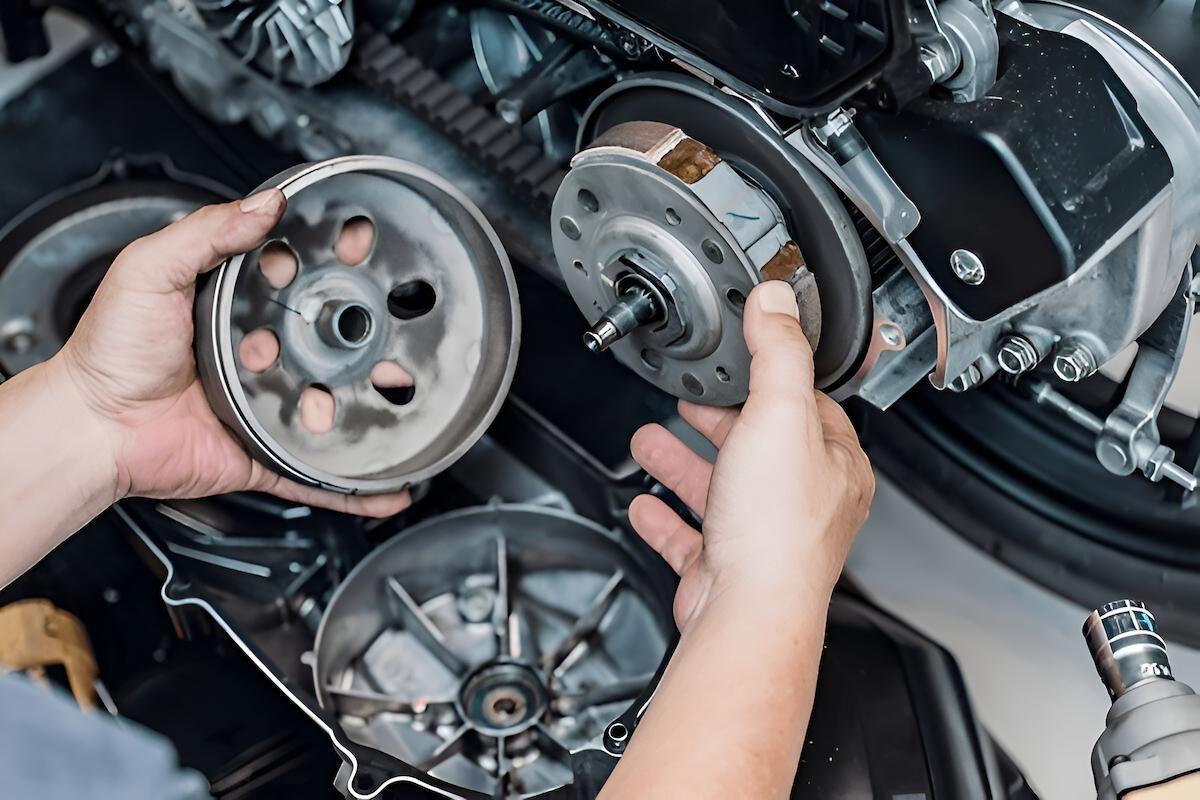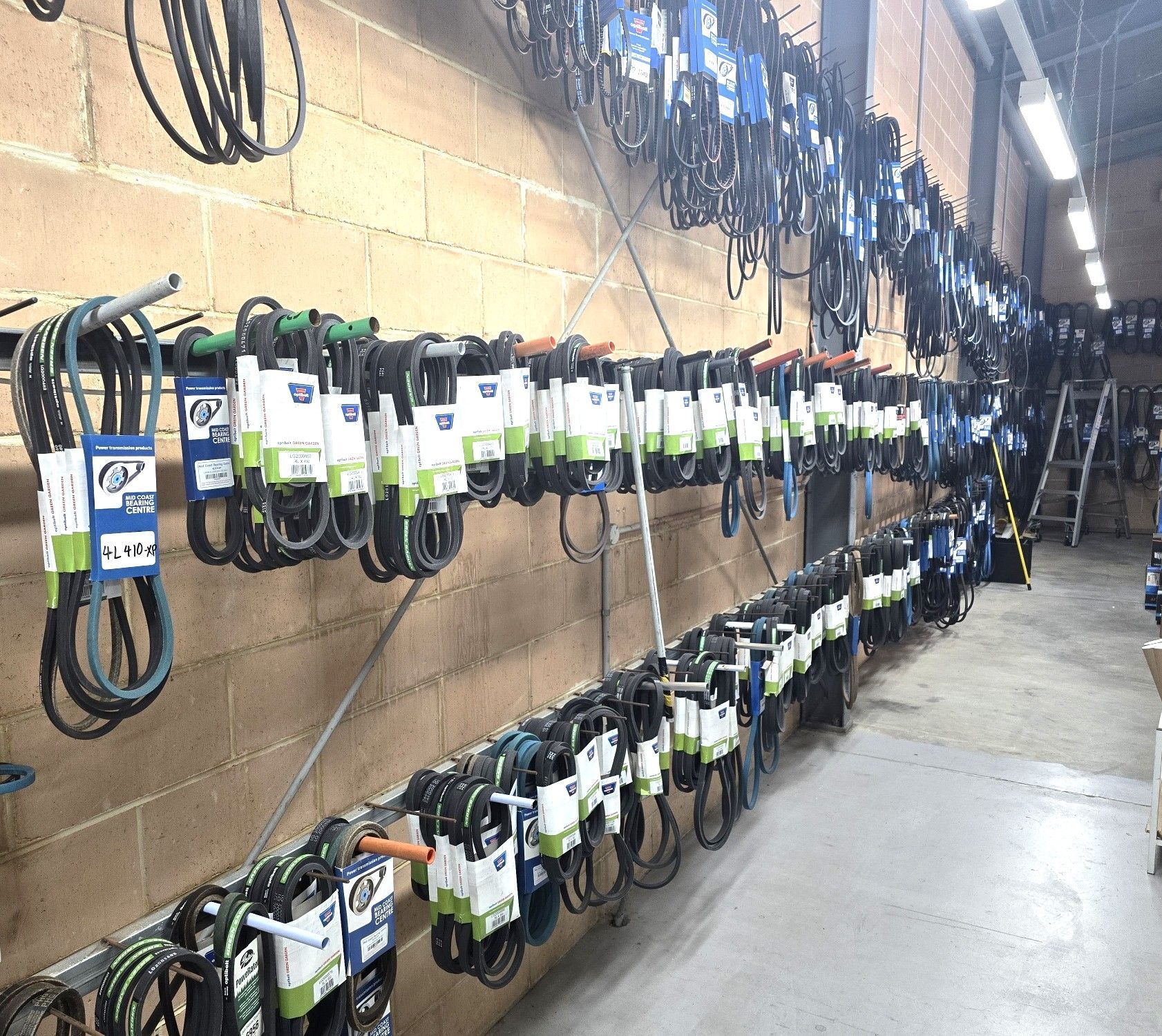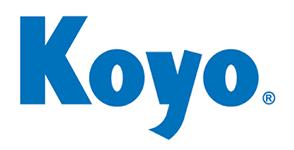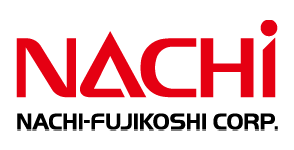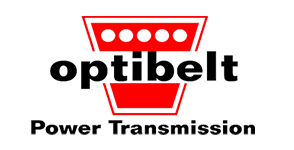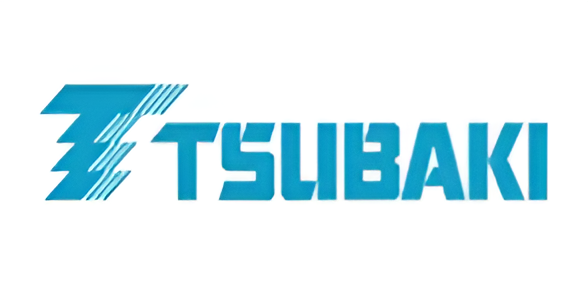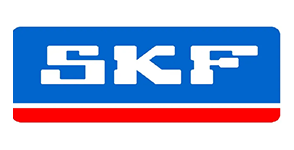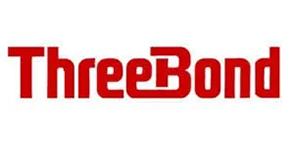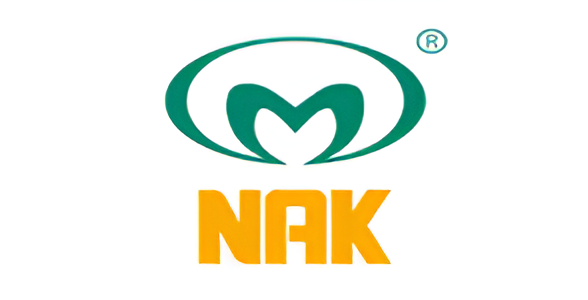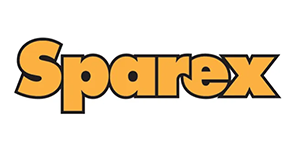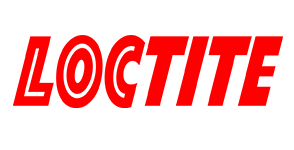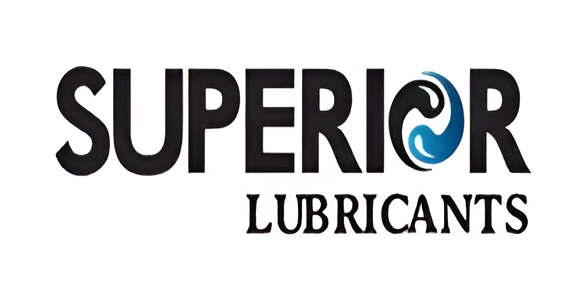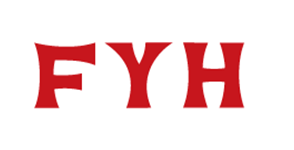Purchase A Pulley in Gloucester
- Fast delivery across the Mid North Coast
- Stocked with trusted, quality brands
- Knowledgeable, hands-on customer support
Request a call back In Gloucester
Thank you for contacting Mid Coast Bearing Centre.
We will get back to you as soon as possible.
Oops, there was an error sending your message.
Please try again later.
Gloucester Pulley
If you’re in need of a reliable pulley in Gloucester, Mid Coast Bearing Centre is your trusted local supplier. With over 40 years of experience serving the Mid North Coast, we supply durable pulley systems designed for machinery across agricultural, industrial, and automotive settings.
Whether you’re replacing a worn component or upgrading for better performance, our team will help you choose the right pulley for the job, matched for load, speed, and belt type. We stock V-belt pulleys, timing pulleys, and idler pulleys, all from reputable brands known for their strength and longevity.
Every pulley we supply is precision-machined and built to suit the demanding conditions common in Gloucester, from farm sheds to factory floors. Customers choose us for our technical know-how, fast delivery, and approachable service. No jargon, just practical help that works.
Contact 02 6552 3699 to speak to our team or order your next pulley today.
Precision Components You Can Trust
A properly fitted pulley helps maximise the life of your belts, improve energy efficiency, and reduce wear on your equipment. At Mid Coast Bearing Centre, we supply Gloucester locals with high-performance pulleys that are tailored to fit the job, whether you’re running a tractor, compressor, conveyor, or workshop machinery.
Our range includes taper-lock pulleys for secure installation, multi-groove pulleys for compact power transmission, and lightweight aluminium options for less demanding applications. We help you select the right pulley based on bore size, belt width, rotation speed, and environmental factors like dust or moisture.
If you’re unsure what will work best, our team offers hands-on support and advice. Many of our customers in Gloucester return for our reliable stock availability, quick turnarounds, and straight-talking service. We can even help troubleshoot performance issues linked to misaligned or underperforming pulleys.
When you need a component that won’t let you down, we’re here to help.
What is the function of a pulley in machinery?
A pulley is used to transfer power between rotating shafts, typically through the use of belts. It allows a machine to transmit motion, change direction, or adjust rotational speed and torque. In belt-driven systems, the pulley grips the belt, guiding it smoothly over the shaft while maintaining the correct amount of tension and alignment. Depending on the pulley’s size and placement, it can increase speed (if it's smaller than the driver) or reduce it (if it's larger). Pulleys are essential in engines, compressors, conveyor systems, and industrial equipment where smooth, reliable motion is critical to performance.
How do I know which pulley size I need?
Selecting the correct pulley size depends on several factors: the required speed ratio, the type of belt you're using, the diameter of the shafts, and the amount of power being transmitted. Measure the diameter of your existing pulley and check the number of grooves or teeth if it's a timing pulley. You'll also want to match the bore size (the centre hole) to your shaft and ensure compatibility with the belt type—whether V-belt, flat, or toothed. If you're trying to change the speed or torque of a system, you may need a pulley with a different diameter to adjust the drive ratio. Using incorrect pulley sizing can cause slippage, reduce efficiency, or wear out belts prematurely.
What’s the difference between a fixed pulley and a tensioner pulley?
A fixed pulley is mounted in a stationary position and is used to redirect force or maintain consistent belt motion. It doesn’t move with the belt but plays a key role in supporting and guiding it. A tensioner pulley (also called an idler pulley), however, is designed to maintain tension in the belt system. It may be spring-loaded or adjustable and is essential in systems that experience vibration, slack, or changes in load. Tensioner pulleys help prevent belt slippage, improve alignment, and extend the lifespan of belts and pulleys. Both are critical components but serve different mechanical purposes.
